CATTI全国翻译专业资格考试真题 CATTI二级笔译实务 2003-2005二级笔译实务真题及答案
VIP免费
2024-11-26
2
0
584.13KB
57 页
5.9玖币
侵权投诉
2003-2005 英语二级笔译实务真题
2003 年12 月英语二级笔译实务试题
Section 1: English – Chinese Translation (英译汉)
This section consists of two parts, Part A — “Compulsory Translation” and Part B —
“Choice of Two Translations” consisting of two sections “Topic I” and “Topic 2”.
For the passage in Part A and your choice of passage in Part B, translate the
underlined portions, including titles, into Chinese. Above your translation of Part A,
write “Compulsory Translation” and above your translation from Part B, write
“Topic I” or “Topic 2” (60 points, 100 minutes)
Part A Compulsory Translation (必译题)(30 points)
Nowhere to Go
For the latest on the pursuit of the American Dream in Silicon Valley, all you have to
do is to talk to someone like “Nagaraj” (who didn’t want to reveal his real name).
He’s an Indian immigrant who, like many other Indian engineers, came to America
recently on an H-1B visa, which allows skilled workers to be employed by one
company for as many as six years. But one morning last month, Nagaraj and a half
dozen other Indian workers with H-1Bs were called into a conference room in their
San Francisco technology-consulting firm and told they were being laid off. The
reason: weakening economic conditions in Silicon Valley, “It was the shock of my
lifetime,” says Nagaraj.
This is not a normal bear-market sob story. According to federal regulation, Nagaraj
and his colleagues have two choices. They must either return to India, or find another
job in a tight labor market and hope that the Immigration and Naturalization Services
(INS) allow them to transfer their visa to the new company. And the law doesn’t allow
them to earn a pay-check until all the paperwork winds its way through the INS
bureaucracy. “How am I going to survive without any job and without any income?”
Nagaraj wonders.
Until recently, H-1B visas were championed by Silicon Valley companies as the
solution to the region’s shortage of programmers and engineers. First issued by the
INS in 1992, they attract skilled workers from other countries, many of whom bring
families with them, lay down roots and apply for the more permanent green cards.
Through February 2000, more than 81,000 worker held such visas — but with the
dot-com crash, many have been getting laid off. That’s causing mass consternation in
U.S. immigrant communities. The INS considers a worker “out of status” when he
loses a job, which technically means that he must pack up and go home. But because
of the scope of this year’s layoffs, the U.S. government has recently backpedaled,
issuing a confusing series of statements that suggest workers might be able to stay if
they qualify for some exceptions and can find a new company to sponsor their visa.
But even those loopholes remain nebulous. The result is thousands of immigrants now
face dimming career prospects in America, and the possibilities that they will be sent
home. “They are in limbo. It is the greatest form of torture,” says Amar Veda of the
Silicon Valley-based Immigrants Support Network.
The crisis looks especially bad in light of all the heated visa rhetoric by Silicon Valley
companies in the past few years. Last fall the industry won a big victory by getting
Congress to approve an increase in the annual number of H-1B visas. Now, with
technology firms retrenching, demand for such workers is slowing. Valley
heavyweights like Intel, Cisco and Hewlett-Packard have all announced thousands of
layoffs this year, which include many H-1B workers. The INS reported last month
that only 16,000 new H-1B workers came to the United States in February — down
from 32,000 in February of last year.
Last month, acknowledging the scope of the problem, the INS told H-1B holders “not
to panic,” and that there would be a grace period for laid-off workers before they had
to leave the United States. INS spokeswomen Eyleen Schmidt promises that more
specific guidance will come this month. “We are aware of the cutbacks,” she says.
“We’re trying to be as generous as we can be within the confines of the existing law.”
Part B Choice of Two Translations (二选一题)(30 points)
Topic 1 (选题一)
What Is the Force of Gravity?
If you throw a ball up, it will come down again. What makes it come down? The ball
comes down because it is pulled or attracted towards the Earth. The Earth exerts a
force of attraction on all objects. Objects that are nearer to the Earth are attracted to it
with a greater force than those that are further away. This force of attraction is known
as the force of gravity. The gravitational force acting on an object at the Earth’s
surface is called the weight of the object.
All the heavenly bodies in space like the moon, the planets and the stars also exert an
attractive force on objects. The bigger and heavier a body is, the greater is its force of
gravity. Thus, since the moon is a smaller body than Earth, the force it exerts on an
object at its surface is less than that exerted by the Earth on the same object on the
Earth’s surface. In fact, the moon’s gravitational force is only one-sixth that of the
Earth. This means that an object weighing 120 kilograms on Earth will only weigh 20
kilograms on the moon. Therefore on the moon you could lift weights which are six
times heavier than the heaviest weight that you can lift on Earth.
The Earth’s gravitational force or pull keeps us and everything else on Earth from
floating away to space. To get out into space and travel to the moon or other planets
we have to overcome the Earth’s gravitational pull.
Entry into Space
How can we overcome the Earth’s gravitational pull? Scientists have been working on
this for a long time. It is only recently that they have been able to build machines
powerful enough to get out of the Earth’s gravitational pull. Such machines are called
space rockets. Their great speed and power help them to escape from the Earth’s
gravitational pull and go into space.
Rockets
The powerful space rocket works along the same lines as a simple firework rocket.
The firework rocket has a cylindrical body and a conical head. The body is packed
with gunpowder which is the fuel. It is a mixture of chemicals that will burn rapidly to
form hot gases.
At the base or foot of the rocket there is an opening or nozzle. A fuse hangs out like a
tail from the nozzle. A long stick attached along the body serves to direct the rocket
before the fuse is lighted.
When the gunpowder burns, hot gases rush out of the nozzle. The hot gases continue
to rush out as long as the gunpowder burns. When these gases shoot downwards
through the nozzle the rocket is pushed upwards. This is called jet propulsion. The
simple experiment, shown in the picture, will help you to understand jet propulsion.
Topic 2 (选题二)
Basketball Diplomacy
CHINA”S TALLEST SOLDIER never really expected to live the American Dream.
But Wang Zhizhi, a 7-foot-1 basketball star from the People’s Liberation Army, is
making history as the first Chinese player in the NBA. In his first three weeks in
America the 23-year-old rookie has already cashed his first big NBA check, preside
over “Wang Zhizhi Day” in San Francisco and become immortalized on his very own
trading cards. He’s even played in five games with his new team, the Dallas
Mavericks, scoring 24 points in just 38 minutes. Now the affable Lieutenant Wang is
joining the Mavericks on their ride into the NBA playoffs — and he is intent on
enjoying every minute. One recent evening Wang slipped into the hot tub behind the
house of Mavericks assistant coach Donn Nelson. He leaned back, stretched out and
pointed at a plane moving across the star-filled sky. In broken English, he started
singing his favorite tune: “I believe I can fly. I believe I can touch the sky.”
Back in China, the nation’s other basketball phenom, Yao Ming , can only dream of
taking flight. Yao thought he was going to be the first Chinese player in the NBA. The
7-foot-5 Shanghai sensation is more highly touted than Wang: the 20-year-old could
be the No.1 overall pick in the June NBA draft. But as the May 13 deadline to enter
the draft draws near, Yao is still waiting for a horde of business people and
apparatchiks to decide his fate. Last week, as Wang scored 13 points in the Dallas
season finale, Yao was wading through a stream of bicycles on a dusty Beijing street.
Yao and Wang are more than just freaks of nature in basketball shorts. The twin
towers are national treasures, symbols of China’s growing stature in the world.
They’re also emblematic of the NBA’s outsize dreams for conquering China. The
NBA, struggling at home, sees salvation in the land of 1.3 billion potential hoop fans.
China, determined to win the 2008 Olympics and join the World Trade Organization,
is eager to make its mark on the world — on its own terms. The two-year struggle to
get these young players into the NBA has been a cultural collision — this one far
removed from U.S.-China bickering over spy planes and trade liberalization. If it
works out, it could be — in basketball parlance — the ultimate give-and-go. “This is
just like Ping-Pong diplomacy,” says Xia Song, a sport-marketing executive who
represents Wang. “Only with a much bigger ball.”
Two years ago it looked more like a ball and chain. Wang’s Army bosses were miffed
when the Mavericks had the nerve to draft their star back in 1999. Nelson remembers
flying to Beijing with the then owner Ross Perot Jr. — son of the eccentric
billionaire — to hammer out a deal with the stone-faced communists of the PLA.
“You could hear them thinking: ‘What is this NBA team doing, trying to lay claim to
our property?’” Nelson recalls. “We tried to explain that this was an honor for Wang
and for China.” There was no deal. Wang grew despondent and lost his edge on court.
声明:本站为文档C2C交易模式,即用户上传的文档直接被用户下载,本站只是中间服务平台,本站所有文档下载所得的收益归上传人(含作者)所有。玖贝云文库仅提供信息存储空间,仅对用户上传内容的表现方式做保护处理,对上载内容本身不做任何修改或编辑。若文档所含内容侵犯了您的版权或隐私,请立即通知玖贝云文库,我们立即给予删除!
分类:中学教育
价格:5.9玖币
属性:57 页
大小:584.13KB
格式:PDF
时间:2024-11-26
作者详情
相关内容
-

新概念英语第三册课文及讲义
分类:文学/历史/军事/艺术
时间:2025-03-03
标签:无
格式:PDF
价格:5.9 玖币
-

第九届全国大学生数学竞赛决赛试题参考答案及评分标准(非数学)决赛试卷答案
分类:文学/历史/军事/艺术
时间:2025-03-03
标签:无
格式:PDF
价格:5.9 玖币
-

第九届全国大学生数学竞赛决赛试卷(非数学)决赛试卷
分类:文学/历史/军事/艺术
时间:2025-03-03
标签:无
格式:PDF
价格:5.9 玖币
-

第7届全国大学生数学竞赛决赛试题(非数学类)
分类:文学/历史/军事/艺术
时间:2025-03-03
标签:无
格式:PDF
价格:5.9 玖币
-
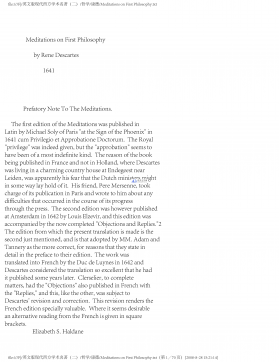
《第一哲学沉思录》(英文)
分类:文学/历史/军事/艺术
时间:2025-03-03
标签:无
格式:PDF
价格:5.9 玖币


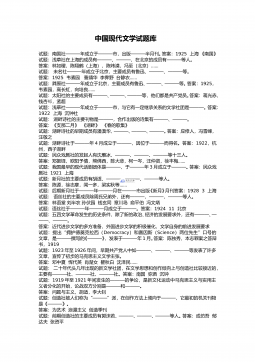
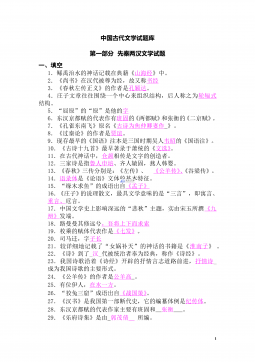
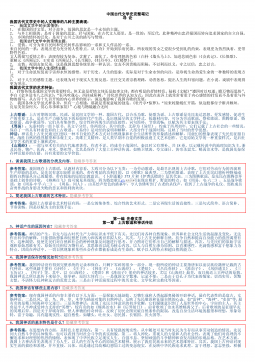
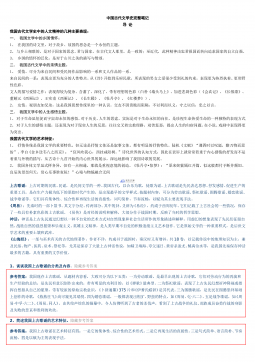
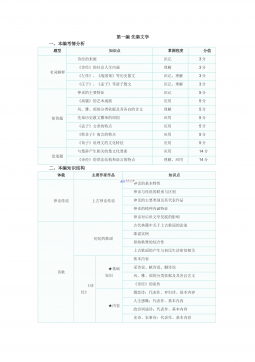
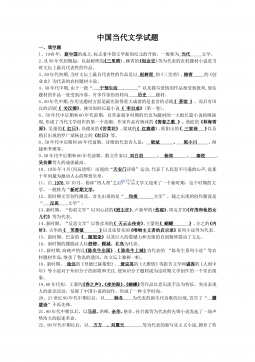
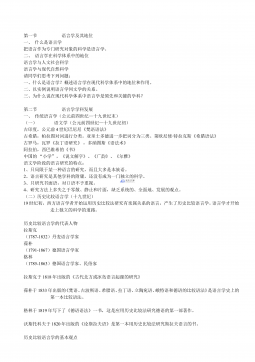
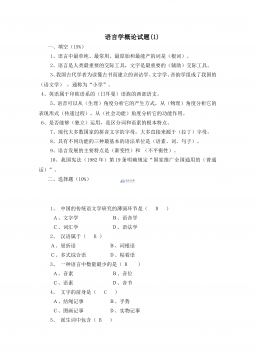
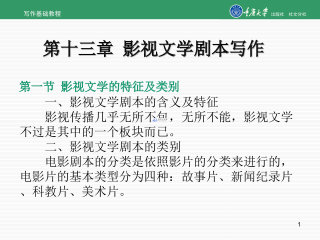


 渝公网安备50010702506394
渝公网安备50010702506394
